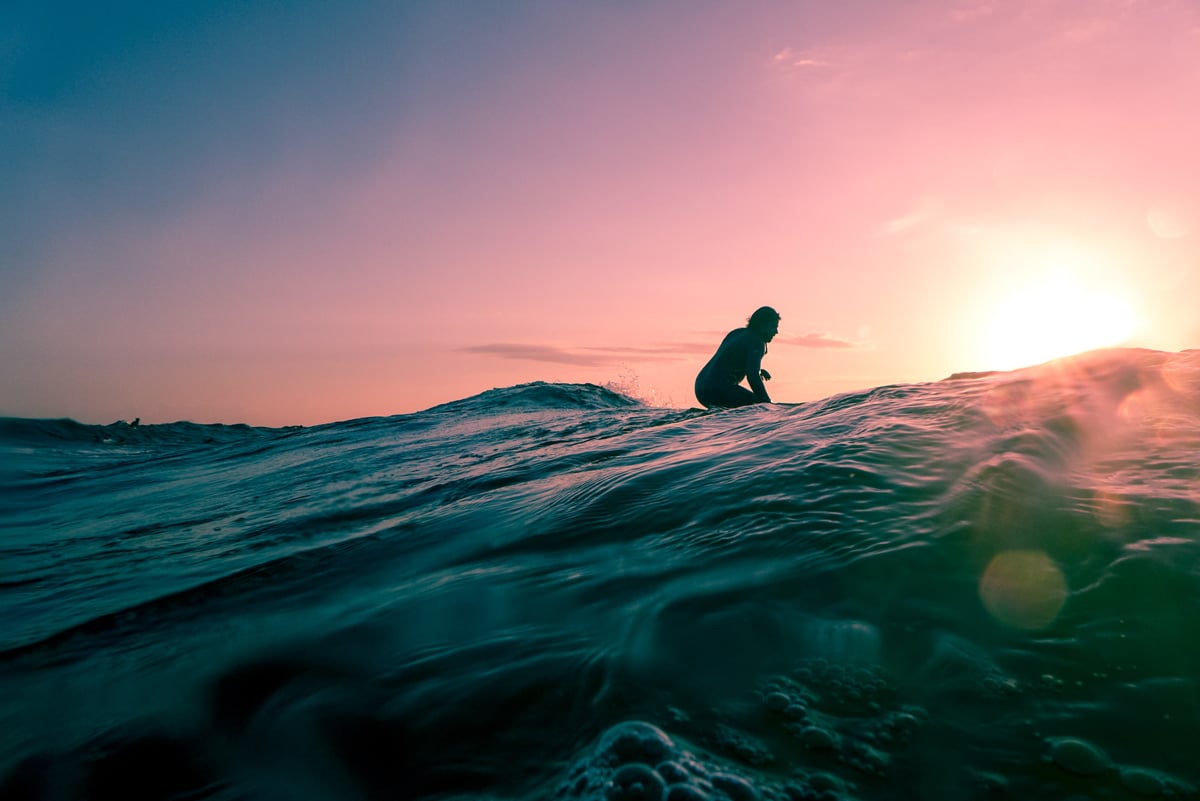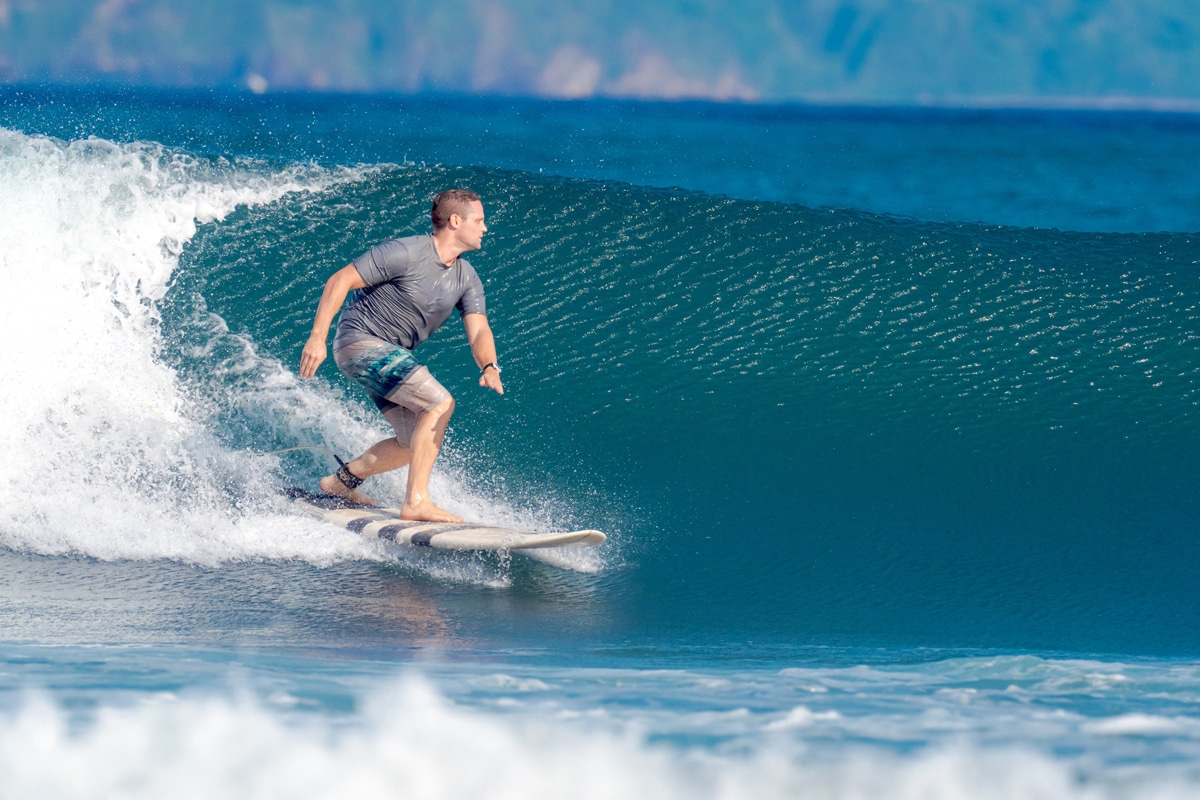Going surfing is a great way to spend a day, but it’s important to have the right equipment if you want to make the most of your time in the waves. We’ll discuss some of the key things you need to think about when choosing surfing gear, from boards to wetsuits, as well as some tips on how to find the perfect equipment for your needs. So whether you’re a beginner or an experienced surfer, keep reading for helpful advice on picking out the right gear!
1. Start From The Board
Your surfboard is the foundation of your setup and will have a huge impact on how you ride. Consider your size, skill level, and intended use of the board to help you decide which type and shape are best for you. Longboards are great for smaller waves and beginners, while shortboards provide more maneuverability but require more advanced skills. When you’re looking to find your perfect surfboard, make sure to consider factors such as width, thickness, rocker, and fin setup. Why are these factors important? Well, here’s why:
- Width: The width of the surfboard will affect its stability in the water and can help you decide if it’s right for your size.
- Thickness: The thickness of your board will determine how much flotation it has, so be sure to choose the right amount for your level of surfing.
- Rocker: This is the curvature from nose to tail and will affect how quickly the board turns in the water.
- Fin Setup: Depending on what type of ride you’re looking for, different fin configurations can give you more control or speed.
Board Covers
Board covers are designed to protect and preserve the boards during transport. Typically, board covers are made from materials that can withstand wear and tear such as neoprene or polyester/nylon fabrics. They come in various sizes and colors, so it’s important to get one that fits your board perfectly. Most covers also feature a drawstring closure which helps keep the cover secured while transporting the board. Furthermore, some covers may include reflective safety strips for increased visibility at night and other features such as pockets with zippers to store small items like keys or wallets. Board covers are essential if you plan on traveling with your board since they provide greater protection than simply carrying in bare hands.
2. Get A Wetsuit To Keep You Warm
The second essential item when it comes to going surfing is a wetsuit. Having a good wetsuit will not only keep you warm in colder waters but also protect your skin from UV rays and give you extra buoyancy. Make sure to get one that fits properly so it’s comfortable and allows for a full range of motion. Consider factors such as thickness (3-4 mm is usually best for all weather conditions), fit (it should be snug but not too tight), and style (full body or shorty). The right wetsuit will also depend on the water temperature and your level of activity.
Wetsuit Alternatives
If you’re surfing in warm climates, then spray-on sun protection can help keep your skin protected. A rash guard is a great option for keeping the sun off, and it also serves as an extra layer of warmth if you get caught in a chilly breeze. For colder temperatures, neoprene booties or gloves can provide extra insulation without adding too much weight or bulk. Regardless of what type of wetsuit or other pieces of clothing you choose, make sure that it’s comfortable and fits properly. Taking care of your wetsuit will ensure that it lasts for many years to come!
3. Don’t Forget Other Accessories
In addition to boards and wetsuits, there are several other items you’ll need for a successful surf session. These include things such as leashes, wax, fins, traction pads, and repair kits. Make sure you have all of these items with you before hitting the beach so that you’re prepared in case something goes wrong while out in the water. For example, if you don’t have a leash, it can be hard to retrieve your board if it gets away from you.
- Leashes: This piece of equipment is important for keeping you and your board connected.
- Wax: Wax is essential for providing grip on the surface of your board.
- Fins: Fins help with stability and maneuverability, so make sure to choose the right ones for your type of surfboard.
- Traction Pads: These provide extra grip when standing up on your board, making it easier to move around in different conditions.
- Repair Kits: It’s always a good idea to keep a repair kit handy in case something goes wrong with your equipment while out in the water. This also comes in handy if you need to make a quick repair on the beach.
4. Other Pieces Of Equipment
There are also some pieces of equipment you’ll need that are not necessarily meant for surfing but will come in handy. These include a pair of sunglasses to protect your eyes from the sun, some sunscreen, and a hat or visor. You may also want to bring along a few other items such as water-resistant earbuds if you plan on listening to music while surfing, plus some snacks and drinks for energy. If you’re more experienced, you may even want to invest in a wetsuit – this will help keep you warm when the water is colder than usual. Finally, consider investing in a surfboard leash so that it doesn’t get away from you in the waves. All of these items will ensure that your time spent surfing is comfortable and enjoyable!
Surfing is a great way to enjoy the outdoors, but it’s important to have all of the right gear and accessories in order to make sure that you stay safe and comfortable while participating. From boards and wetsuits to sunglasses and snacks, having everything you need will help ensure a successful surf session. So don’t forget your essential items before heading out into the waves. And make sure to take care of your equipment so that it lasts for many years to come! Happy surfing!







